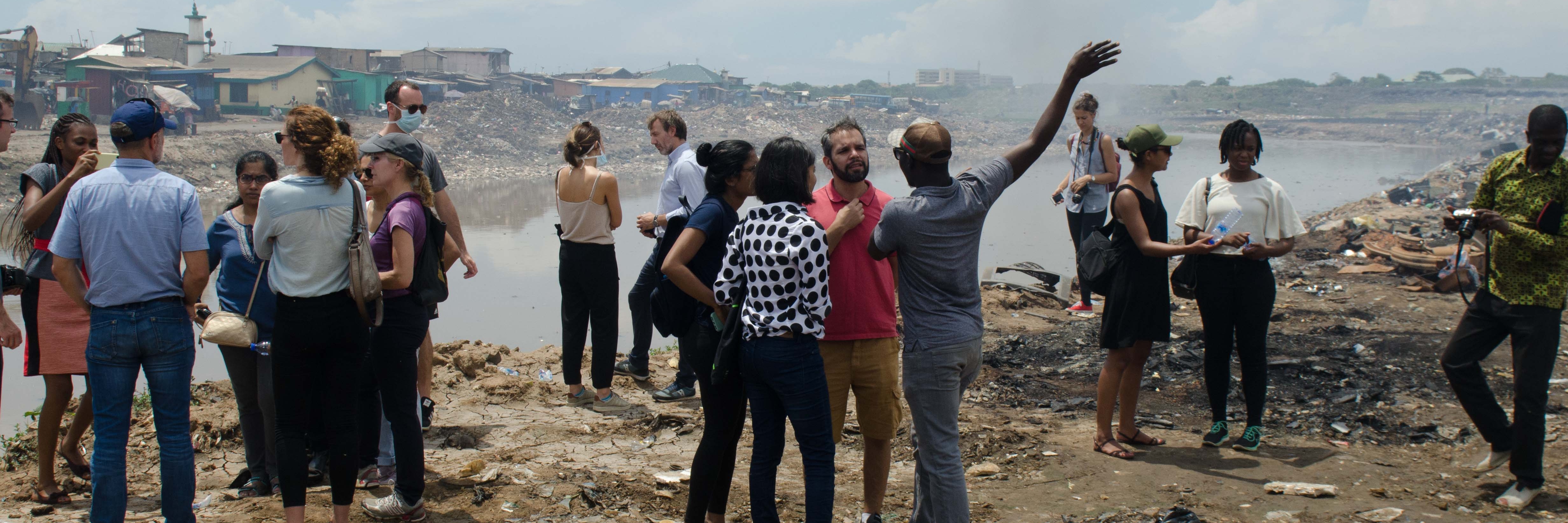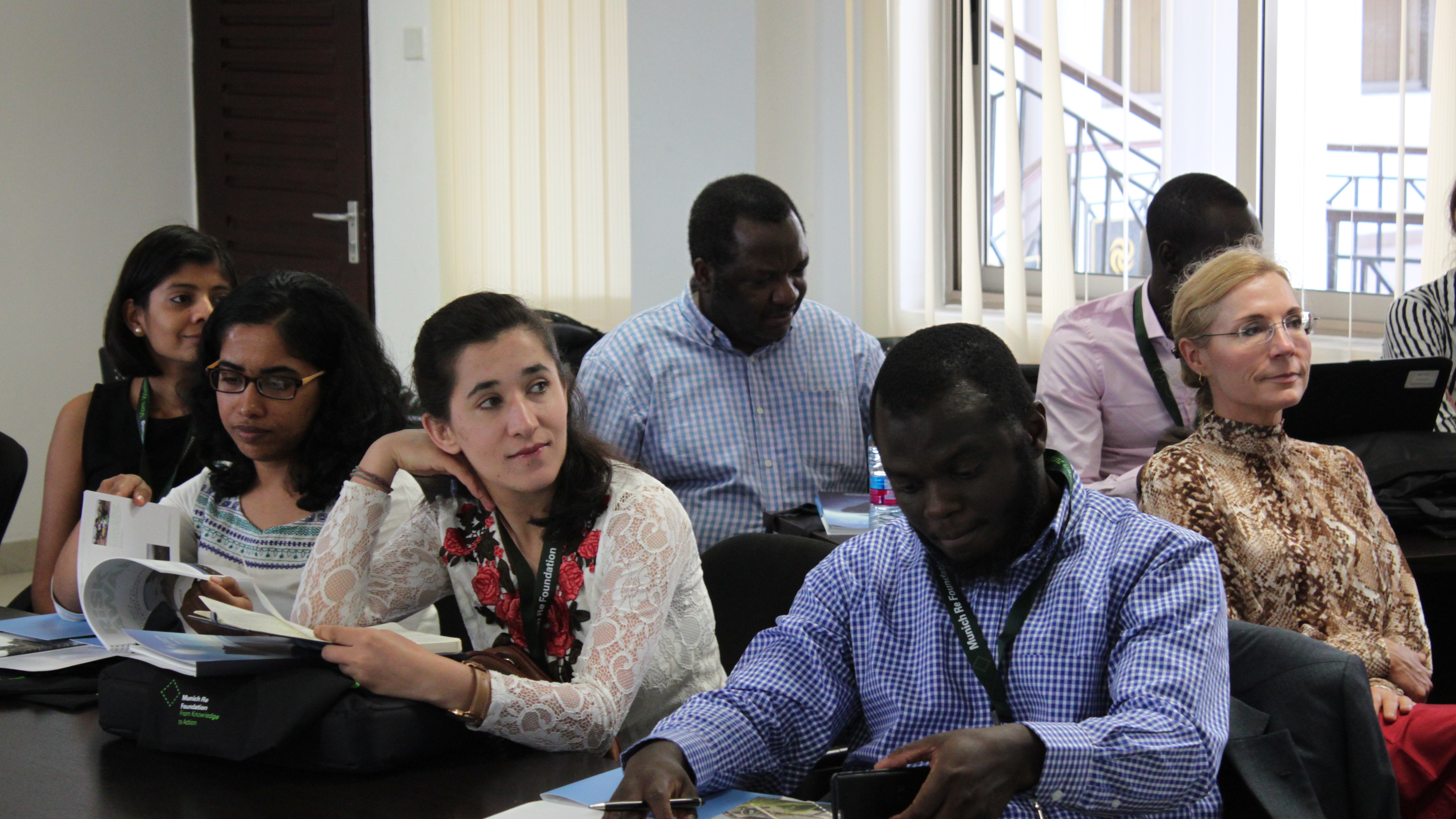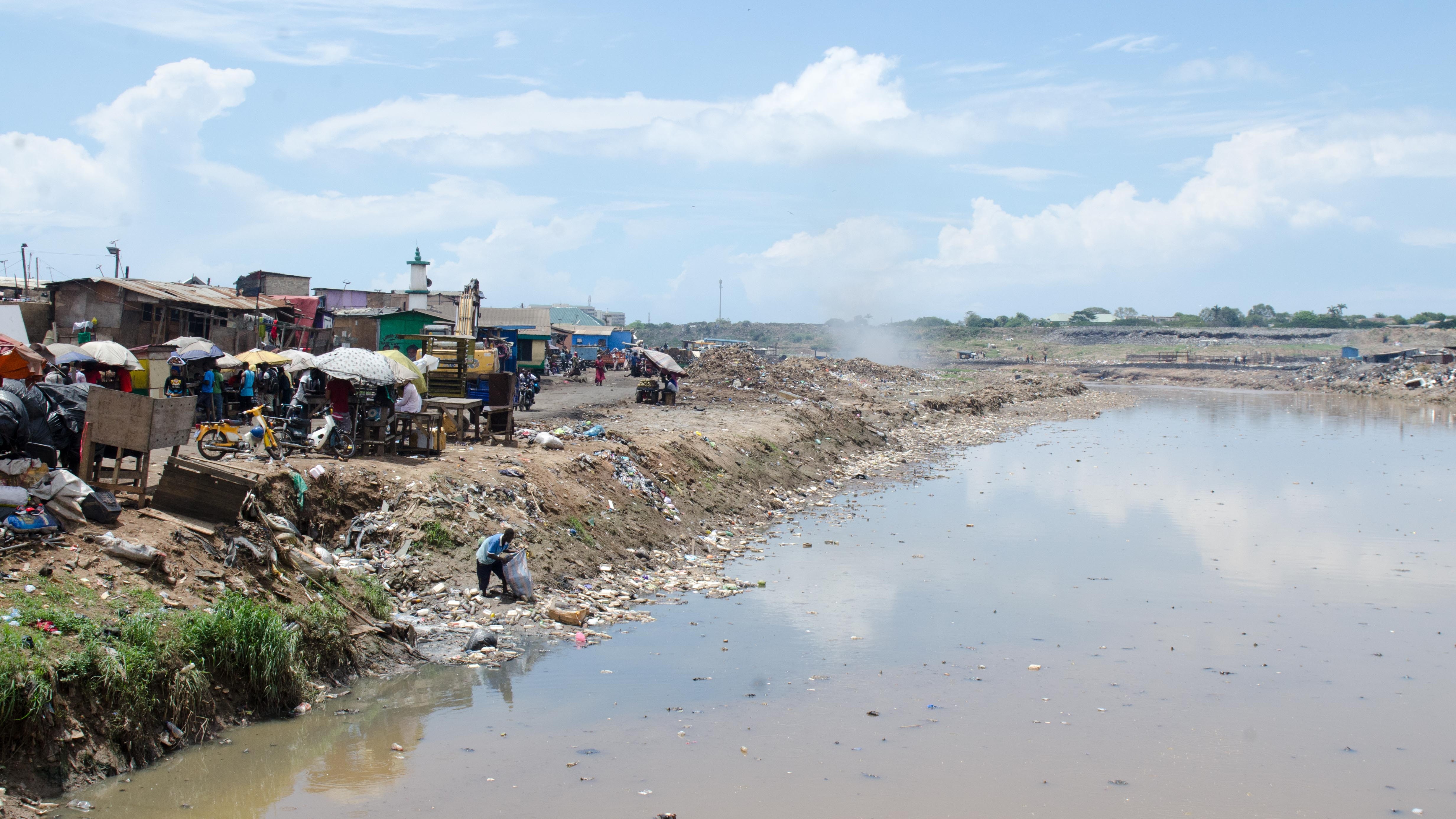
Risk from demographic change – population growth needs to play a more central role in climate debate
Summer Academy “Global Risk Trends – Climate and Demographic Change”
properties.trackTitle
properties.trackSubtitle
Climate change will force virtually every country in the world to adapt to changes: hotter summers, more frequent intense precipitation, more intensive storms, and loss of land areas due to sea level rise – to name just a few. The various countries have very different potentials for coping with the impending changes. These depend on their economic clout, social stability and intact ecosystems.


Population growth and climate change in Accra
In the course of a local excursion in Accra, Academy participants were able to witness on the ground how the above-mentioned factors influence a society’s vulnerability and resilience. Accra is a rapidly expanding city that currently has around 1.8 million inhabitants. Prices for land and rents are increasing much faster than incomes. Many new arrivals in the city are therefore unable to afford standard accommodation. This group includes former subsistence farmers, for example from the north of Ghana, who are no longer able to farm in their regions because of changes in climate conditions or due to other factors. They often settle in Agbogbloshie, an informal, densely populated district in Accra that extends along the banks of a brackish lagoon. The settlement is tolerated by the city, but is poorly connected to urban infrastructure, and the inhabitants are exposed to various risks: health risks from extreme environmental pollution, unstable housing structures, and a high flood risk. The area is built on sediment from the shrinking lagoon. Prior to the development, this provided natural flood protection for the surrounding city. But today, the entire Agbogbloshie district floods in heavy rainfall.
The absence of waste removal is one aspect of the lack of infrastructure, with the result that rubbish poses a further serious problem. Domestic waste is frequently dumped in the water and collects at the bridges spanning the lagoon. This forms a type of artificial dam that prevents efficient run-off of rainwater or flood waves. Because of this disposal gap, the population becomes more vulnerable to climate risks – in this case floods. And extreme precipitation events are also on the rise in Ghana.

Just a few hundred metres upstream, there is a landfill for electronic waste, most of it from North America and Europe. The size of the landfill has dramatically increased over recent years, and is now virtually impossible to manage properly. The people of Agbogbloshie work here as day labourers, burning the electronic waste, in part to get rid of plastic components. What is then left is a small residue of copper, iron and other saleable raw materials. But burning the waste also releases a quantity of toxins that contaminate both soil and air. And then there are the effects on health. The Safety Officer from the UN University in Accra recommends that people should not spend longer than two hours without a break on the landfill, as their health may otherwise be impacted. Yet the workers from Agbogbloshie often spend eight hours or more on the site. This small example clearly shows that urban adaptation strategies are not working. Population pressure in Accra is preventing a better solution being found. Climate changes pose an increasing threat to people in both the old and new environments. For this reason, Prof. Benjamin Delali, of Accra University, argues that, while demographic change – including migration – cannot really be controlled, it must be better managed.

Further information
The Academy 2019 was jointly organised by Munich Re Foundation, the UNU-EHS from Bonn, LMU Munich and the UNU-INRA Ghana in collaboration with UNFCCC Secretariat. The excursion received substantive support from the NGO People’s Dialogue and was prepared with assistance from staff of the World Bank.
16 October 2019